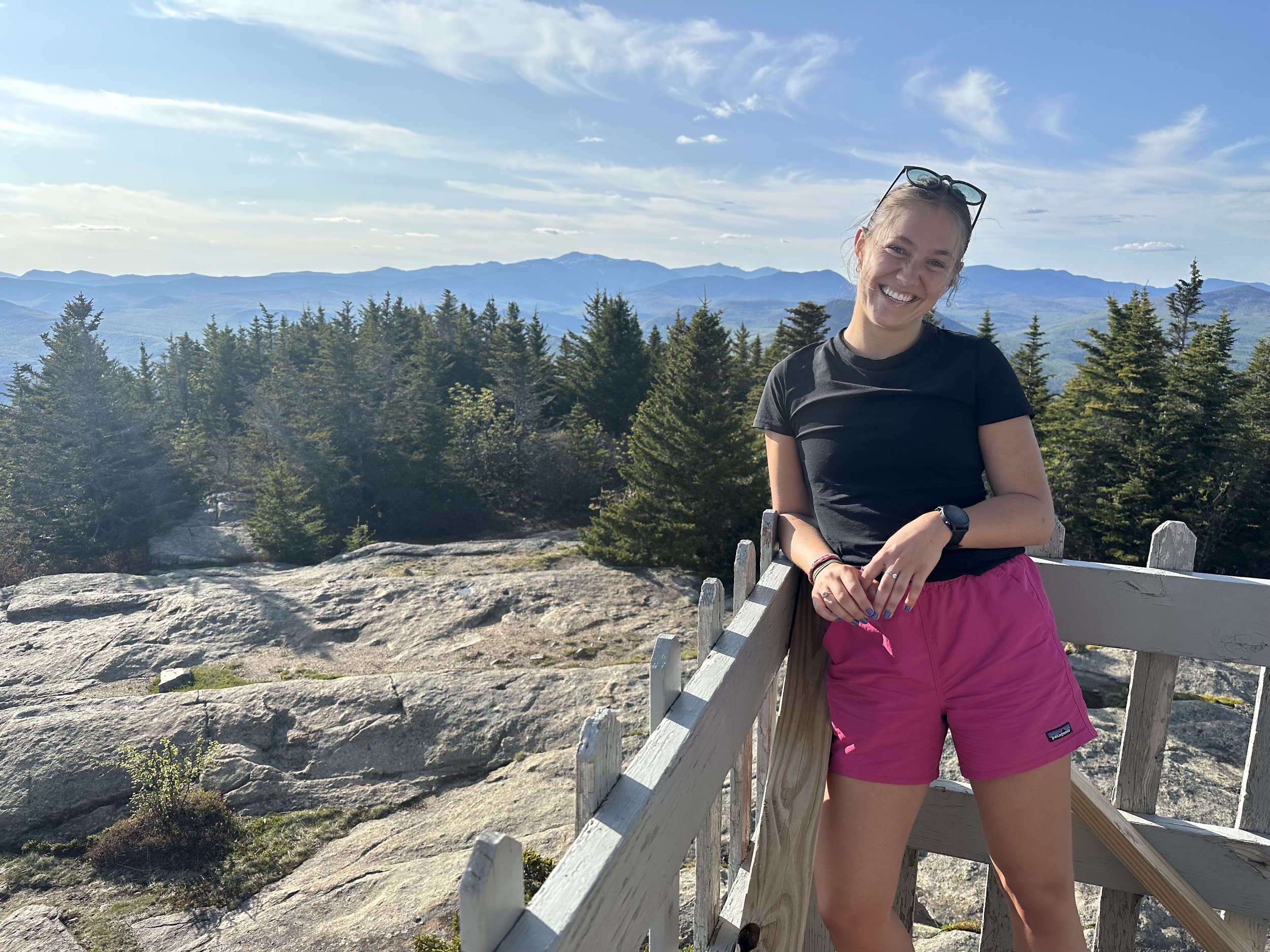THE LATEST FROM THE OSI BLOG
While the winter has kept me busy with prep for the upcoming season, I was excited to get some miles on the boots so early. OSI kicked off in the Katahdin region with a project in partnership with The Nature Conservancy (TNC). While there were no big backcountry hikes, we did help facilitate a day in the region looking at trail development sites.
Writing this first OSI Trails Blog for 2025 while watching spring snow come down between warm days reminds me that while we are eager to get out there, it’s not quite trail season yet! Which means I’ve got time to write to you all and let you know what exciting things lay ahead for OSI in 2025.
During that summer, I started to see how much potential these small-town areas for tourism and reinvention. The community supported and grew a gear library, one of the many resources that became a catalyst in the area. There are new trails and programs, opportunities, and resources that didn’t exist only a few years earlier. The momentum of all this happening, being a part of this building, is what kept me in Millinocket.
Through KROC we are working with other non-profits, businesses, municipalities, and individuals, to bring trails, gear libraries, programs, and events to life. At the core of this is the shared belief that the outdoors can have a profound impact on youth wellbeing, and the future vitality of the region.
My whole life I have loved the outdoors but I have never appreciated my own backyard like this. There was one evening on the overnight paddling trip I went fishing with my coworker. As I sat in my boat in the middle of the river I could see my students on the shore. They were running around, their shadows dancing on the riverbank. Their laughter carried across the water to me and I realized these kids were forming memories and connections they will never lose. I felt grateful to have had similar outdoor opportunities which have turned into my passion for the outdoors.
The rise of gravel biking offers a promising alternative to many would-be cyclists that worry about sharing roads with distracted drivers or tackling overly technical trails. Gravel riding makes it easy to get off the pavement and into the big outdoors where you can ride two abreast and chat with a friend, smell the big pines, or stop to watch a turtle ease into a stream at the edge of the road. Bikers can scan the wetlands for moose, dunk their heads in a stream, and maybe ride just fast enough to outpace the deerflies and mosquitos-- all without the worry of regular traffic. Exploring rural areas becomes more comfortable and sociable than ever before. It turns out that gravel riding in Maine has grown in popularity for a few good reasons.
All of this is new to me: the Type V PFD, the throw rope, my companions. I have the acute sense that something is missing, and I pause briefly to determine what it is: I’m not feeling any anxiety. In a moment when I would expect to feel internal pressure to monitor every variable and execute a plan perfectly, the situation feels manageable even though I don’t yet have much confidence in my skills.
In my career developing trails as a professional across the country, it is common to be brought in when something goes wrong. The most common issues are negative resource impacts like eroding trails or social conflicts – such as unauthorized trails. Overwhelmingly, the trails in question have been developed by users without any formal planning, design, or construction process.
For years I believed that the communities we work in need more capacity to sustain outdoor sport. That’s not the mistake. It’s very true. The mistake was this; I used to think there would be some magical point at which community outdoor initiatives would reach “sustainability.” If we provided enough planning, guidance, training, and support, communities would have what they needed to succeed. Come to find out, I was wrong.
The other day, I went to the Katahdin Gear Library to help out with a youth trail work day. When I walked in, there were eight students socializing with one another, getting ready for the afternoon. I was surprised to see that I knew every student in attendance. This may seem like a small moment, knowing eight students' names, but the best part is that I met all of them through different work. I had a few in a Katahdin Learning Project program at a local school, and others on an overnight trip a few weeks prior. I was so excited after that program, because in just three short months, I have already been able to create relationships with students in the region. It was great to see my hopes of being a leader and role model in the community starting to come to life. Creating community takes work, and now, it is my work.










